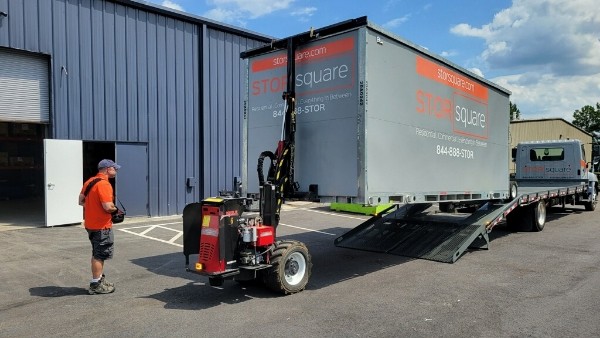The holiday season brings a surge in customer demand, creating both opportunities and challenges for retailers. To stay ahead, it’s vital to manage holiday inventory effectively, ensuring that products are in stock and readily available to meet customer needs. This approach helps avoid lost sales from stockouts while enhancing customer satisfaction and reducing costs. By implementing strategic inventory practices, you can streamline operations and make the most of the holiday rush. This guide will provide insights to optimize your inventory for a successful season.
1. Forecast Holiday Demand
The key to effective holiday inventory management is precise demand forecasts. Understanding demand trends can be achieved through the analysis of historical sales data. Examine past holiday seasons trends, but take into account any novel developments that can affect sales this year, such as new purchasing trends or local events. You may predict which products will be in high demand by incorporating insights from these trends, which enables you to stock appropriately.
2. Leverage Technology for Real-Time Tracking
You can keep an eye on your stock levels by using inventory management software that allows for real-time tracking. When inventory levels are low, this technology instantly notifies you so you may place a new order before it runs out. Real-time tracking also enables you to keep an eye on sluggish sellers, best-sellers, and any surpluses so you can make immediate adjustments.
Portable storage options like those from STORsquare provide a practical way to handle excess inventory without packing your store or warehouse during periods of high demand for businesses that require more storage space. You can keep excess product on hand with on-site storage options, which is especially helpful in places like Winder for example, where warehouse space may be scarce.

3. Streamline Your Supply Chain
During the holiday rush, supply chain interruptions are frequent. To guarantee on-time delivery, improve ties with suppliers and think about scheduling orders sooner. In the event of unforeseen delays, having an additional source for essential supplies will also protect your stock levels. When possible, combining orders to streamline your supply chain can lower expenses and boost productivity.
4. Implement a FIFO System
Older inventory is sold before fresh things thanks to the first-in, first-out (FIFO) strategy. This technique can reduce waste from out-of-date or expired inventory and works especially well for seasonal or perishable commodities. Additionally, FIFO keeps inventory better managed by reducing storage time and ensuring a smooth flow of items.
5. Use Seasonal Promotions to Manage Stock Levels
Utilize well-thought-out promotions to assist in controlling your stock levels. Discounts on surplus or less-popular items can increase sales, cut down on excess inventory, and make room for items that are in high demand. Additionally, seasonal specials increase consumer engagement by attracting more customers to your website or store.

